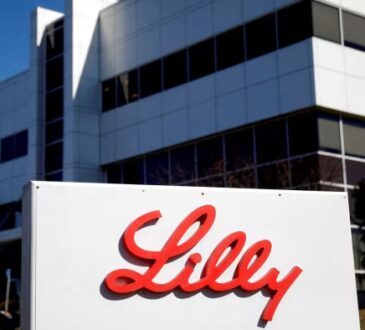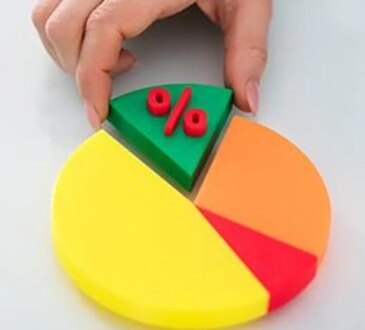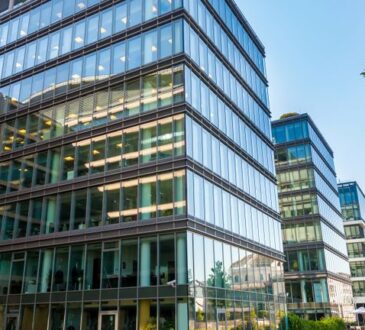Kayne Anderson Real Estate Now Has $4.6b in Dry Power for CRE Debt and Equity Investments
Anderson Real Estate Opportunistic Debt II will target “strong, risk-adjusted returns” across its debt and equity strategies throughout CRE. The company brings experience in various asset classes, including multifamily, student housing, senior housing and medical office, according to a statement from Kayne’s private equity unit.
While no specific regions were revealed, the investments will additionally focus on secondary markets, specifically with acquisitions of Freddie Mac structured products, commercial mortgage-backed securities or loan purchases.
The final close of the fund takes the company’s available dry power in excess of $4.6 billion. It’s expected to build on Kayne Anderson Real Estate’s activity over the past two years, unleashing more than $3.9 billion in capital. And in the past 12 months alone, the Florida-based firm has deployed $2.2 billion in capital.
“The strength of our debt platform is a testament to our track record delivering strong, risk adjusted returns for our investors in all market environments,” David Selznick, chief investment officer of Kayne Anderson Real Estate, said in a statement.
“KAROD II will capitalize on market dislocation while providing critical liquidity solutions for borrowers in our sectors of focus. We look forward to leveraging our deep experience and relationships to source and structure attractive investments in this capital constrained market.”
Kayne Anderson Real Estate manages a total of $5.5 billion through its debt platform.
The fundraising comes after Kayne Anderson Real Estate teamed up with BKM Capital Partners to spend $1.5 billion on industrial light-related acquisitions this spring. The two, under the collaboration, are targeting discounted properties or those below the replacement cost through the multi-tenant segment.
A recent report from Newmark found that first-quarter CRE debt origination surged by 42 percent year-over-year. And while investment sales spiked by 18 percent year-over-year, the category remains 18 percent below the 2017-2019 average.




